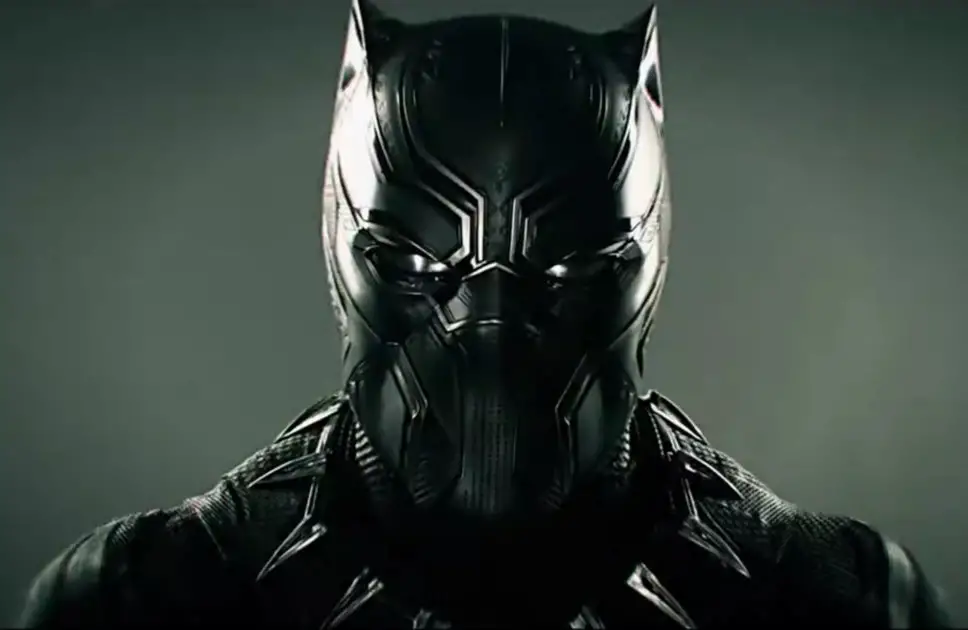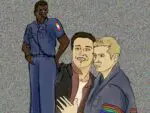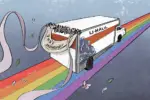Comic books have been around since the 1800s, but the superheroes that audiences know and love today date back to the 1930s, an era commonly referred to as the Golden Age of Comics. During this time period, Superman, Batman and Captain America, among others, entered the mainstream entertainment and became the materials for countless products spanning across industries every year, the most profitable of which is the superhero movies.
Fast forward to today, superhero movies are the hottest releases year after year with fans flocking to see what Marvel, DC and other heroes are up to in the latest installment of each franchises. However, for so long have all the heroes been coming from the same mold: white male with privileges, be it superhuman power or wealth. This only changed when Wonder Woman and Black Panther come into play.
A Short History of Superhero Movies
Superhero movies have a fairly short history compared to other genres of the silver screen. Some comedy-oriented ventures of heroes from comics came up during the 1960s, but it wasn’t until “Superman” in 1978 when the superhero genre as we know today was born.
The 1980s saw more of the man in the red cape, and toward the end of the decade, Tim Burton finally brought Batman to the big screen, initiating a series of sequels that emerged throughout the 1990s with varying degrees of success and acclaim. In the 2000s, the genre evolved further, introducing modern superhero flick with X-Men and the Marvel Cinematic Universe, setting the foundation for assembly of the beloved Avengers.
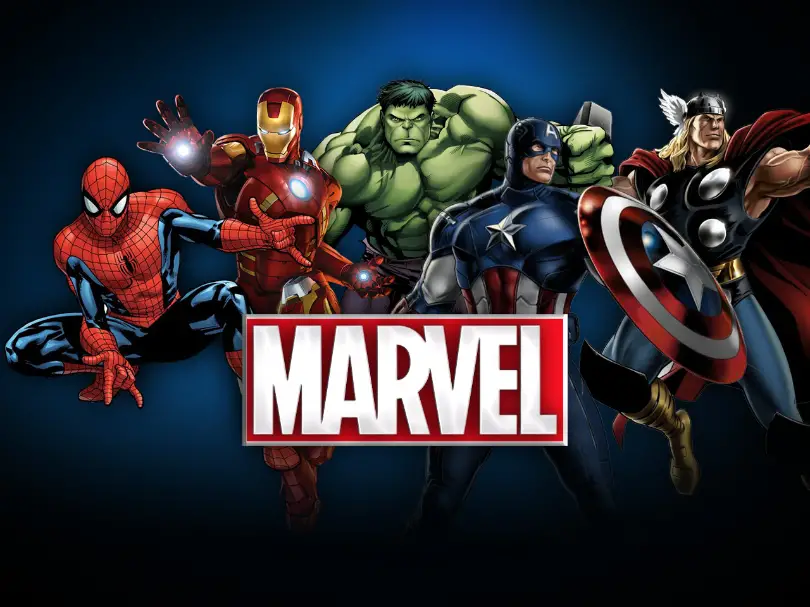
While the superhero movies has evolved with a drastic pace both in terms of quality and audiences’ attention, there’s an element that has stayed stagnant throughout: diversity. A Caucasian male always leads the stories; women and minorities, such as Black Widow, Rhodey, Falcon, Heimdall and Nick Fury, are always pushed to secondary roles.
They add interesting touches to the films, yet they’re never the leaders. To add salt to the wound, Hollywood is taking controversial decisions when it comes to casting, opting to rely on top white actors for characters who were originally written with a different ethnicity, leaving audiences wonder when Hollywood will finally catch up to the social trends of diversity and acceptance.
The importance of representation
Stereotypes and discrimination are not news. As portrayed in the documentary “Project Gelb,” they are visible in a variety of aspects in life, from the representation in media to one’s authority and position in the dating culture.
One of the documentary’s interviewees narrates his experience growing up and seeing a lack of Asian representation in the media. He had no one to look up to as the few roles Asian actors had weren’t exactly those whom children could see as role models: the majority of what you find are the geek, the martial arts guy and the store owner with poor English skills. With the progressive social trends that had taken over the conversation recently, minorities want to see themselves more in the media and in more accurate portrayal, creating an urge for the superhero genre, which has the widest possible reach, to catch up.
What’s even more interesting is that audiences aren’t alone in “demanding” more representation. Actor John Leguizamo recently wrote an article about the need for Latino superheroes. Hispanics are the largest racial minority in the U.S. and they also are the largest minority when it comes to purchasing comic books and going to the movies, yet a Hispanic superhero is still nowhere to be found.
The Response from Filmmakers and Audiences
“Black Panther” is one of the responses of the movie industry to that urge, not only in its content or its cast but also in the community programs surrounding it. Prior to the release of Marvel’s latest outing, “Black Panther,” Frederick Joseph’s GoFundMe page took the central stage for its purpose of benefitting underprivileged black children.
When Joseph found out about the film’s prominently black cast and its superhero element, he knew it was the perfect opportunity for a heroic figure that black kids to look up to. The massive appeal of the movie will guarantee its accessibility to the public in general and black youth in particular. With the help of the fund raised through the GoFundMe campaign, Joseph was able to offer children from the Boys & Girls Club of America a chance to visit their nearest theater and see the film.
After all, people, regardless of their age, need someone to look up to. In fact, superheroes are used as metaphors of courage and power, which sometimes even form a foundation for helping people psychologically. By understanding the heroes’s journey and purpose, the patient can emulate their power and pain to improve their psychological well being.
The Future of Minority Representation
Comic books are not the only source materials for compelling movie characters. Nevertheless, it’s understandable movie makers frequently capitalize on comics because of brand recognition and already successful story.
Consequently, it’s up to comic book writers to keep pushing the envelope and create heroes who represent a larger number of the population. For now, there are some interesting characters out there who could up the representation game in movies.
Miss America
No, she’s not a beauty pageant winner. She’s a badass heroine who can fly and create inter-dimensional portals. To top it off, she’s an out and proud Latina lesbian, which means making a movie about her would kill two birds with one stone.
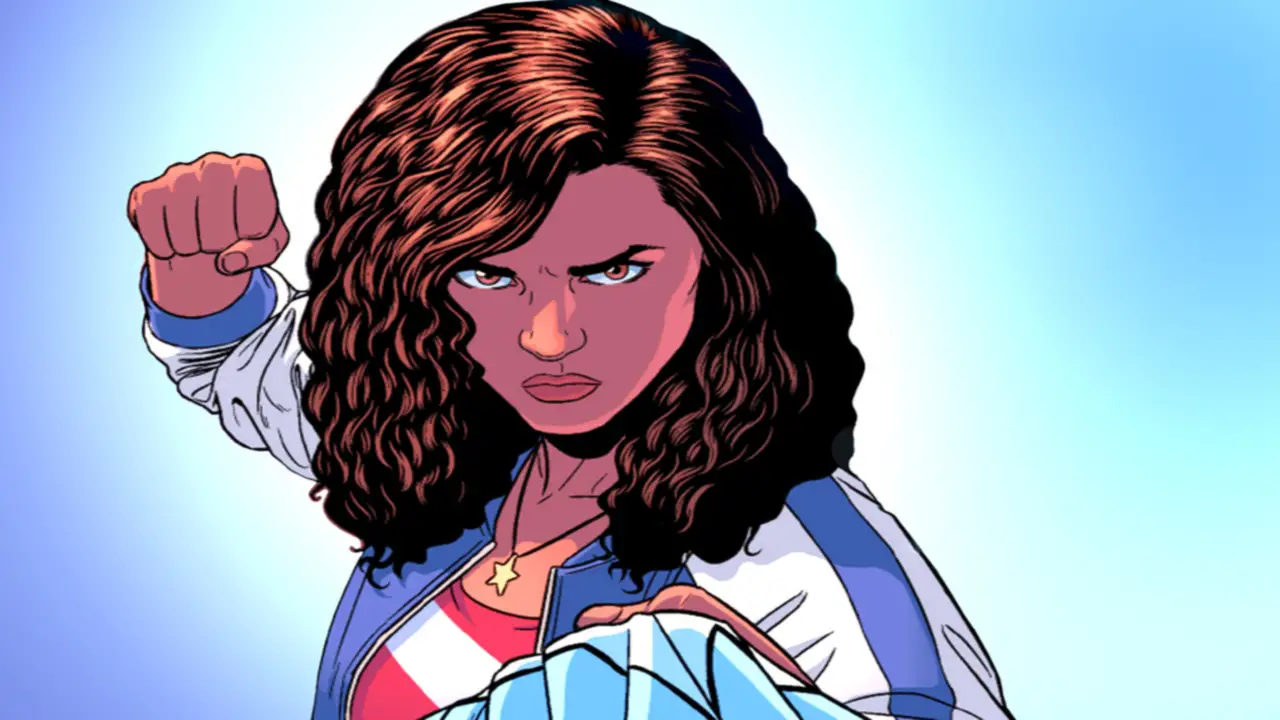
Miss America has been part of the Young Avengers team, yet it’s hard to find an organic way for her to be introduced into the Marvel Cinematic Universe. However, potential new characters don’t have to be part of a big budget film’ they could benefit from a one-off mid-or-low-budget production, or in plain terms, a gamble. An actress such as Gina Rodriguez or Rosario Dawson could fit the part.
Iron Fist
Asian characters don’t come by often in comic books, yet 2016’s “Doctor Strange” missed an opportunity to give the Ancient One a more ethnically accurate actor. Wong does show up, but his role is minor as a mere comic relief. However, Marvel does have a hero who would be ideal for a film: Iron Fist.
Netflix suffered a lot of backlash because of the controversial casting of a non-Asian for the lead role in its “Iron Fist” series, yet not all hope is gone. A mid-budget movie reboot could be a perfect exercise in course correction.
Given that short-term reboots for Spider-Man have come out recently, an Iron Fist film version isn’t out of the question. Lewis Tan, who was in the running to play Iron Fist or the star of “Power Rangers” Ludi Lin could honor the character’s background.
Aqualad
Jackson Hyde has been featured in the “Young Justice” animated series, but diverse sexualities still aren’t something you see often in cartoons. Disney barely introduced their first gay kiss in 2017 thanks to “Star vs. the Forces of Evil.” Unfortunately, it was a blink-and-you’ll-miss-it situation.
Aqualad has enough charisma to have his own standalone feature. He’s not only black, but he’s also gay in the current incarnation of the comics. On top of that, he has an interesting family dynamic with his mother, who condemns her son for his “unnatural” behavior.
We’ve seen Spider-Man struggle in high school with romance and his secret identity, so imagine adding an abusive home to the mix and the conflict of homosexuality. Watching Aqualad overcome challenging obstacles would be an inspiration to those dealing with similar scenarios, especially if he kicks the villain’s butt in the process.
Interestingly enough, television shows have been doing a better job presenting viewers with a wide variety of characters, and that’s fantastic. Given that, movies are still more readily available worldwide than television shows, and with recent changes in diversity among their heroes, possibilities and potentials are endless.
There are plenty more characters and minorities waiting for their big moment. Muslim or even transgender heroes would be incredible and groundbreaking additions to big blockbuster or streaming movies. It’s up to studios, however, to keep up with the conventional movie formula and be left behind in social trends, or take the risks and deliver the much needed spark of brilliance.


